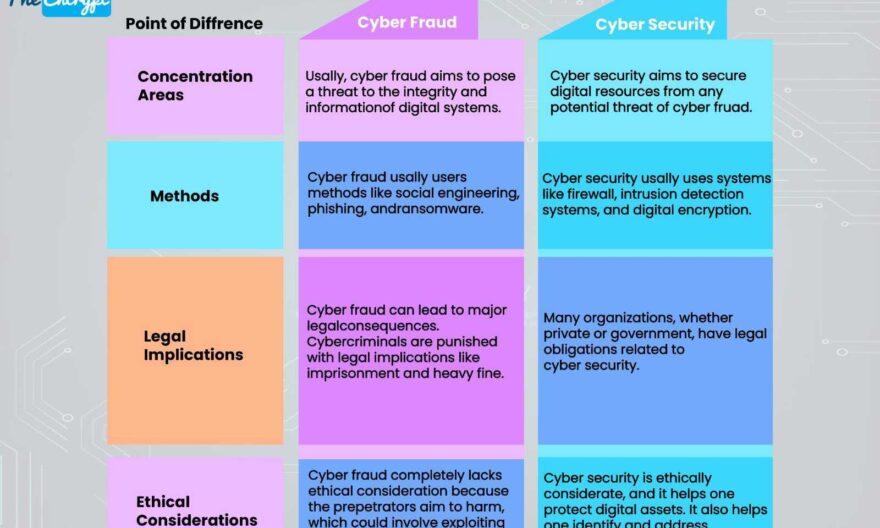In the ever-evolving landscape of finance, understanding credit risk is akin to mastering the art of reading the wind for a sailor—it’s essential for navigating turbulent waters. As global markets fluctuate and economic paradigms shift, financial professionals must sharpen their acumen to anticipate and manage the intricacies of credit risk. This article delves into the latest trends reshaping the credit risk domain, offering a comprehensive guide for those who stand at the helm of financial decision-making. From emerging technologies that redefine risk assessment to the geopolitical forces influencing credit landscapes, we explore the pivotal elements that every astute financial professional must grasp. Embark on this journey with us, as we unravel the complexities of credit risk and equip you with the insights needed to steer your organization towards stability and success.
Understanding the Evolving Landscape of Credit Risk
In today’s financial ecosystem, understanding credit risk requires a dynamic approach, given the rapid changes in economic conditions and market behaviors. Financial professionals must stay ahead of these shifts to effectively manage and mitigate risks. The evolution of credit risk is influenced by several key factors:
- Technological Advancements: The integration of AI and machine learning in credit assessment has revolutionized risk analysis, offering more accurate and timely insights.
- Regulatory Changes: New regulations and compliance requirements continuously reshape risk management strategies, demanding adaptability and foresight.
- Global Economic Trends: Fluctuations in global markets, such as trade tensions and economic downturns, directly impact credit risk profiles.
- Consumer Behavior: Shifts in consumer spending and borrowing habits necessitate a reevaluation of traditional credit risk models.
Professionals must harness these insights to not only anticipate potential risks but also seize opportunities for growth and innovation. By leveraging data analytics and maintaining a proactive stance, they can navigate the complexities of credit risk with confidence and precision.

Navigating Regulatory Changes and Their Impact on Credit Assessment
In the ever-evolving landscape of financial regulation, staying abreast of changes is crucial for financial professionals tasked with assessing credit risk. Recent regulatory shifts are reshaping how creditworthiness is evaluated, demanding a more nuanced understanding of compliance and risk management. Regulatory bodies are increasingly focusing on transparency and consumer protection, which means that credit assessment processes must now incorporate more comprehensive data analysis and ethical considerations.
- Enhanced Data Requirements: New regulations may require institutions to gather and analyze a broader spectrum of data, including non-traditional credit metrics.
- Increased Accountability: With heightened scrutiny, financial professionals must ensure that their credit assessments are not only accurate but also compliant with legal standards.
- Technological Integration: Leveraging advanced analytics and AI can help navigate these changes, offering deeper insights and improved decision-making capabilities.
Adapting to these regulatory changes is not just about compliance; it’s about leveraging them to refine credit assessment strategies and maintain a competitive edge in the market. Financial professionals must be proactive, continuously updating their knowledge and tools to align with these evolving standards.

Leveraging Technology to Enhance Credit Risk Management
In today’s rapidly evolving financial landscape, harnessing the power of technology is no longer optional for effective credit risk management—it’s imperative. Advanced analytics and machine learning are revolutionizing the way financial institutions assess and mitigate risk. By leveraging these technologies, professionals can process vast amounts of data in real-time, uncovering patterns and insights that traditional methods might miss. This not only enhances predictive accuracy but also allows for more nuanced risk assessments tailored to individual borrowers.
Consider the following technological advancements that are reshaping credit risk management:
- Artificial Intelligence (AI): AI algorithms can identify subtle indicators of creditworthiness, providing a more comprehensive risk profile.
- Blockchain Technology: By ensuring data integrity and transparency, blockchain can streamline credit reporting and reduce fraud.
- Cloud Computing: Facilitates the storage and analysis of large datasets, enabling more agile and scalable risk management solutions.
Embracing these innovations not only positions financial professionals at the forefront of industry trends but also equips them with the tools needed to navigate the complexities of modern credit markets with confidence.
Strategic Approaches for Mitigating Emerging Credit Risks
In today’s dynamic financial landscape, adopting strategic approaches to mitigate emerging credit risks is crucial for financial professionals. To effectively manage these risks, it’s essential to implement a comprehensive risk assessment framework that includes both quantitative and qualitative analysis. Quantitative models can help in forecasting potential credit defaults, while qualitative assessments provide insights into the borrower’s management quality and market conditions. Furthermore, integrating advanced technologies such as AI and machine learning can enhance the predictive accuracy of these models, allowing for more proactive risk management.
- Enhanced Due Diligence: Regularly update credit risk models to reflect the latest economic trends and market data.
- Portfolio Diversification: Spread exposure across various sectors and geographies to minimize the impact of localized economic downturns.
- Stress Testing: Conduct rigorous stress tests to evaluate the resilience of credit portfolios under adverse economic scenarios.
- Dynamic Credit Policies: Develop flexible credit policies that can adapt to rapidly changing market conditions.
By adopting these strategic measures, financial professionals can not only safeguard their institutions against potential credit risks but also position themselves to capitalize on emerging opportunities in the credit market.





